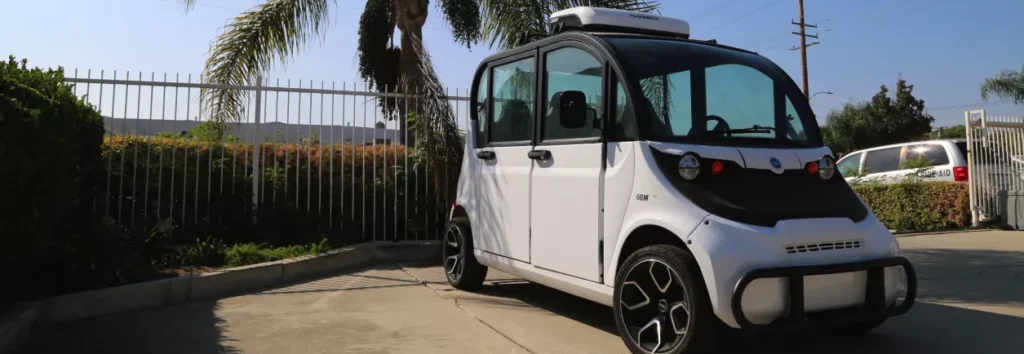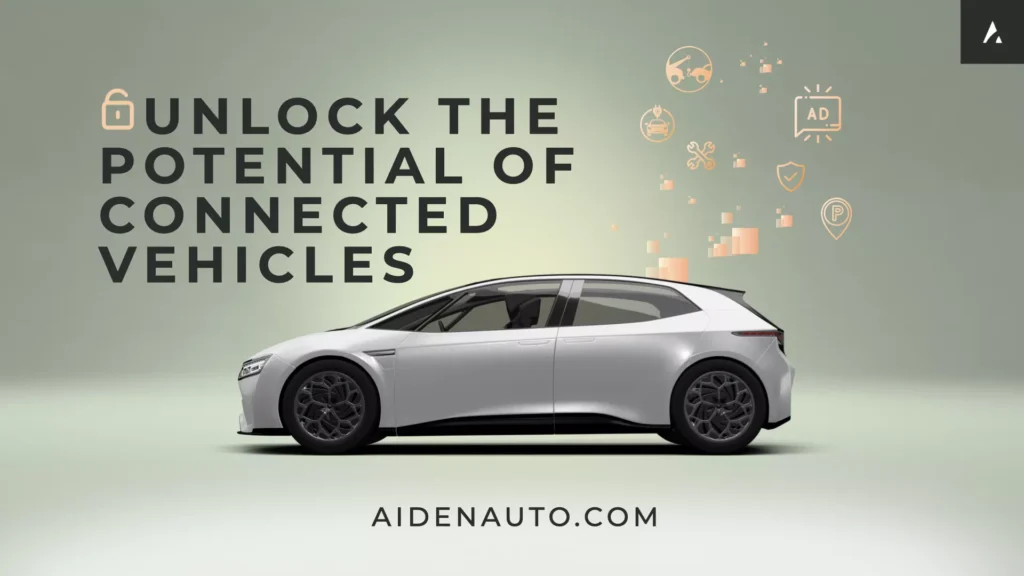










From EVs and batteries to autonomous vehicles and urban transport, we cover what actually matters. Delivered to your inbox weekly.
Turntide has launched its Gen 5 Battery, aimed at helping EV and hybrid manufacturers bring new models to market faster. Unveiled on May 21, 2025, the battery is built for speed, not just in performance but also in development and deployment.
What sets it apart is its built-in alignment with the EU Battery Regulation 2023/1542. That means OEMs don’t need to navigate months of paperwork to prove compliance. With the Gen 5, Turntide offers a battery system ready to integrate, scale, and ship — without the regulatory drag.
The Gen 5 Battery is built for flexibility and scale.
With modular packs, high energy density, and rugged control systems, OEMs can configure a standardized solution to fit everything from light-duty EVs to industrial platforms without redesigning the system from scratch.
The Gen 5 Battery is available in two primary configurations: a 4.5 kWh pack weighing 27.5 kg and a 6.8 kWh pack at 40.5 kg. Both use nickel manganese cobalt (NMC) chemistry and deliver energy density up to 167.9 Wh/kg — roughly 15% higher than the previous generation.
Designed with scalability in mind, the packs can be combined in series and parallel configurations, supporting systems up to 122.4 kWh and 500 volts.
This modular setup gives OEMs a flexible foundation for various electric and hybrid vehicles, from compact machinery to heavy-duty transport.
Each system is managed by a standalone Battery Control Unit (BCU) housed in a weatherproof IP67-rated aluminum case. It’s designed to operate in extreme conditions, from -40°C to +85°C, without loss of function.
The BCU supports plug-and-play integration via CAN FD protocols, enabling up to 18 packs to be controlled through a single interface. No manual recalibration is needed, and the control system is pre-configured for rapid deployment across diverse vehicle architectures.
Turntide has embedded regulatory compliance into the design itself, cutting out delays tied to certification and documentation. From carbon reporting to material traceability, it’s engineered to meet the rules before they become a barrier.
Turntide designed the Gen 5 Battery to meet the EU’s Battery Regulation (2023/1542) right out of the box.
That means no added paperwork or retrofitting for OEMs selling into Europe. The system includes a QR-linked digital battery passport with embedded lifecycle data, offering real-time traceability for carbon footprint reporting.
It also meets new durability, safety, and thermal propagation standards. Built-in containment features slow thermal runaway by at least five minutes, meeting ECE-R100.3 requirements without external intervention.
Performance is validated across 3,000 charge cycles with 85% capacity retention, exceeding the upcoming eight-year, 160,000 km durability benchmarks.
The Gen 5 platform is also structured for upstream compliance. Battery materials meet 2030 recycled content targets ahead of schedule — 12% for cobalt and 4% for lithium — verified through certified closed-loop sources. Cobalt supply chains are blockchain-tracked via RCS Global, ensuring traceability down to artisanal mines in the DRC.
End-of-life handling is built into the logistics model. Turntide has already established takeback infrastructure across 12 EU countries, giving OEMs a verifiable pathway for reuse and recycling with recovery documentation tied to each pack.
Speed matters. The Gen 5 Battery is engineered to reduce development friction, from wiring and cooling to software and certification.
The Gen 5 Battery is designed to slot directly into Turntide’s electrification stack. Using a shared thermal and power distribution architecture, it pairs natively with the AF430S axial flux motor and Gen 6 low-voltage inverters.
That means less wiring, fewer interfaces, and simplified cooling — no custom engineering required.
Systems speak the same language over CAN-based protocols, allowing seamless coordination of regen braking, load balancing, and efficiency tuning. It’s a unified platform built to reduce integration effort across drivetrain components.
Turntide claims an average integration time of just 14 weeks from purchase order to working prototype. Thanks to modular pack geometry and standardized connectors, OEMs can reuse up to 85% of their existing vehicle architecture, bypassing chassis redesigns or new enclosures.
Once deployed, the system supports over-the-air updates to its battery management firmware, enabling performance optimization in real-world conditions without service center intervention. For automakers facing compressed product cycles, this reduces both development risk and time-to-market.
Turntide’s Gen 5 Battery is already embedded in real-world programs and cost models. With proven reliability, below-market pricing, and strategic uptake across multiple sectors, it can scale quickly as OEMs push for faster, lower-risk electrification.
Turntide positions the Gen 5 Battery as a cost-efficient, production-ready solution.
It delivers at $87 per kWh at scale, well below the current $97 industry average. Integration time per vehicle is down to 22 minutes, cutting labor and assembly overhead.
Reliability metrics back up the pitch: the platform holds a warranty claims rate of just 0.7%, compared to a 2.1% industry benchmark. This lowers lifetime service risk for OEMs and fleet operators, reinforcing its role as a low-friction, high-confidence system for commercial and industrial EVs.
Adoption is already underway. Turntide’s Gen 5 packs are being deployed in Cummins’ hydrogen-electric hybrids, serving as buffer storage in long-haul platforms.
Bosch is integrating them into mobile HVAC units acquired through its recent Johnson Controls deal.
The company is also co-developing hybrid chemistry variants with CATL, aiming to blend the cost stability of LFP with the density advantages of NMC.
These partnerships anchor Gen 5’s role in a growing set of mixed-use electrification applications, from last-mile delivery to stationary backup and grid support.
Like every next-gen battery platform, Gen 5 enters a market shaped by materials risk and climate variance. Cobalt price volatility, thermal performance in tropical regions, and gaps in recycling infrastructure remain active constraints.
Turntide addresses these with a layered mitigation strategy: long-term cobalt supply contracts with CMOC Group, thermal phase-change materials for high-heat environments, and takeback logistics across 12 EU countries to manage end-of-life recovery.
With built-in compliance, field-proven reliability, and modular flexibility, Gen 5 is positioned to set a new baseline for battery system design — one that meets regulatory timelines without slowing product development.